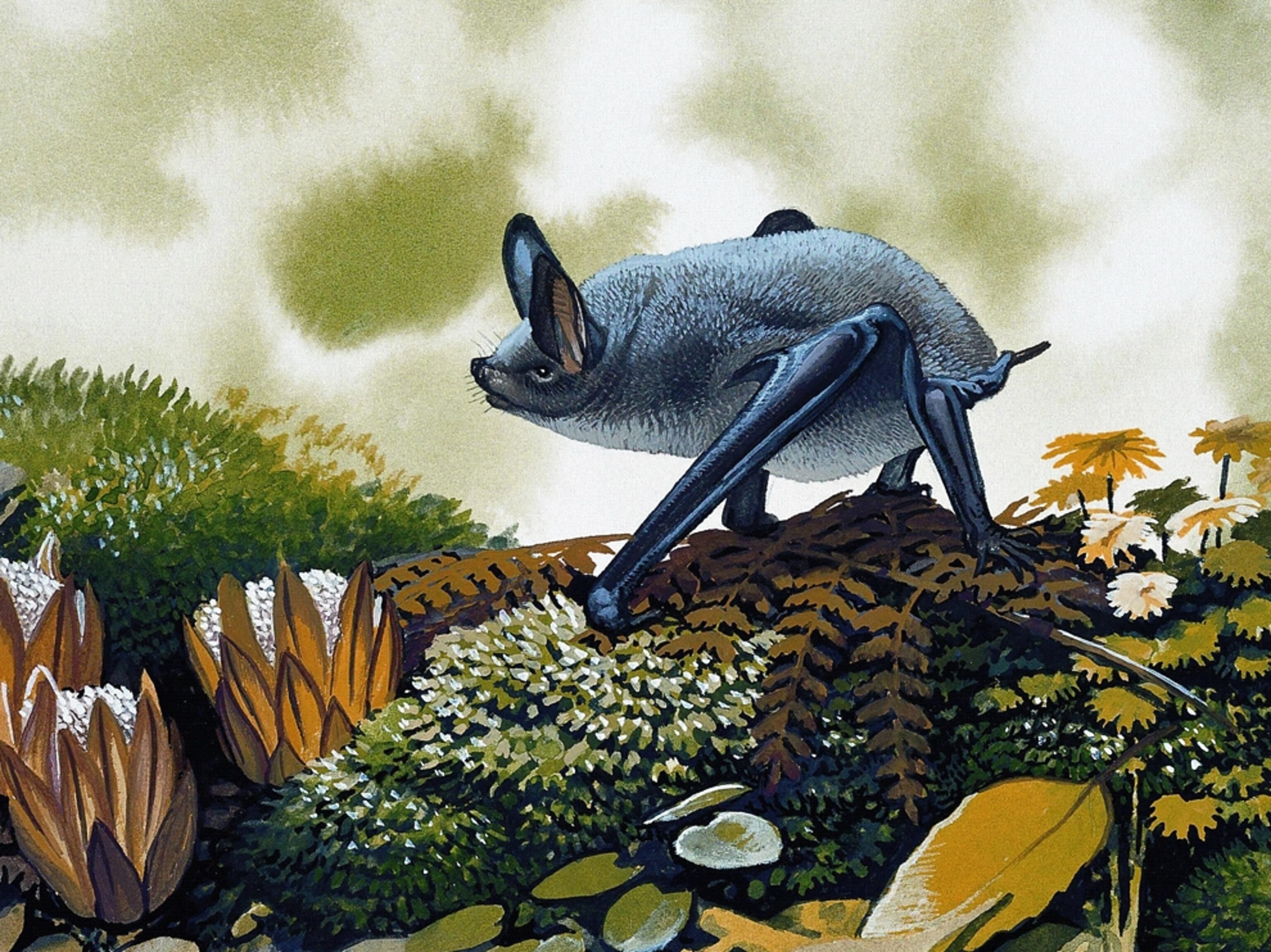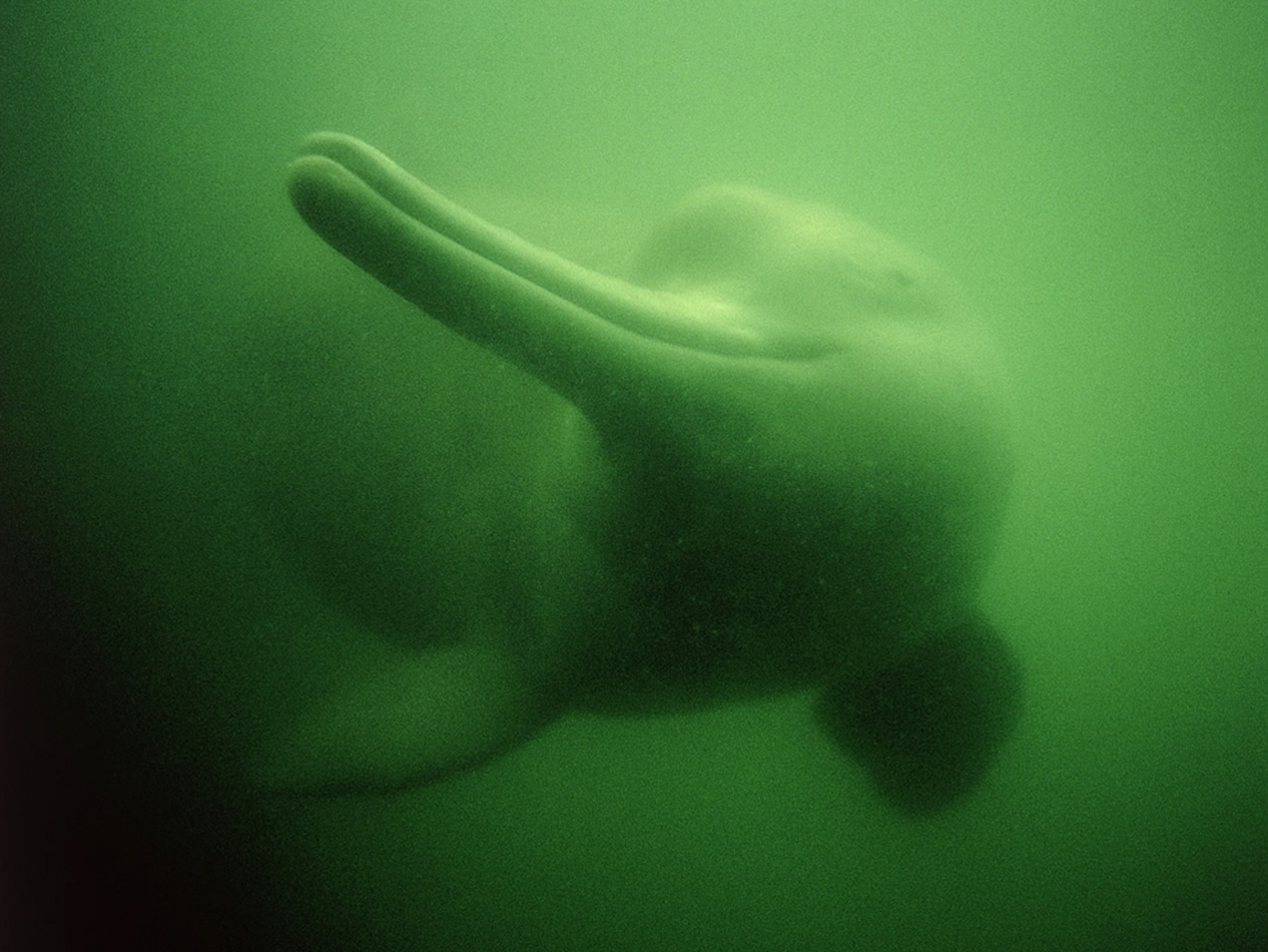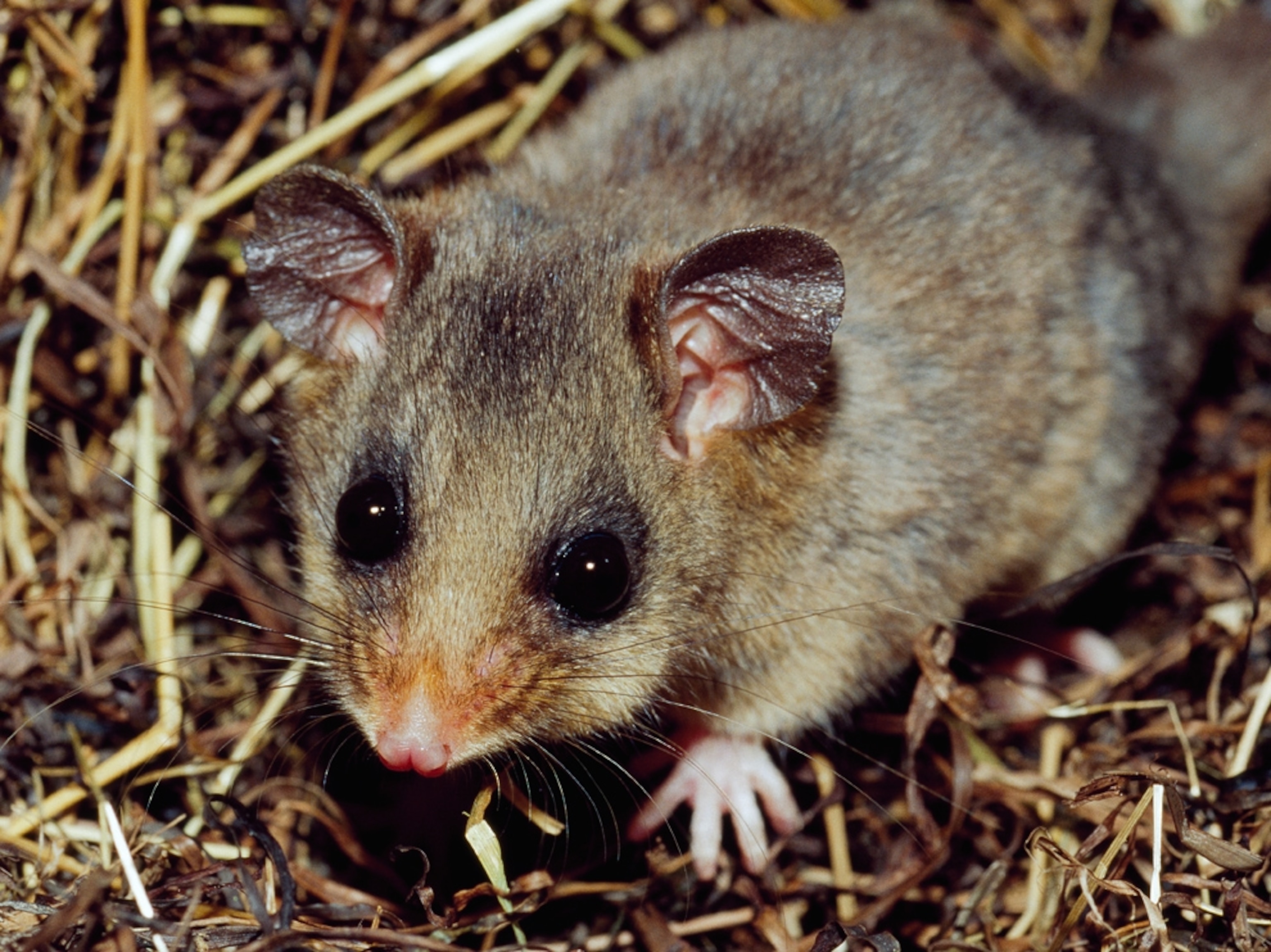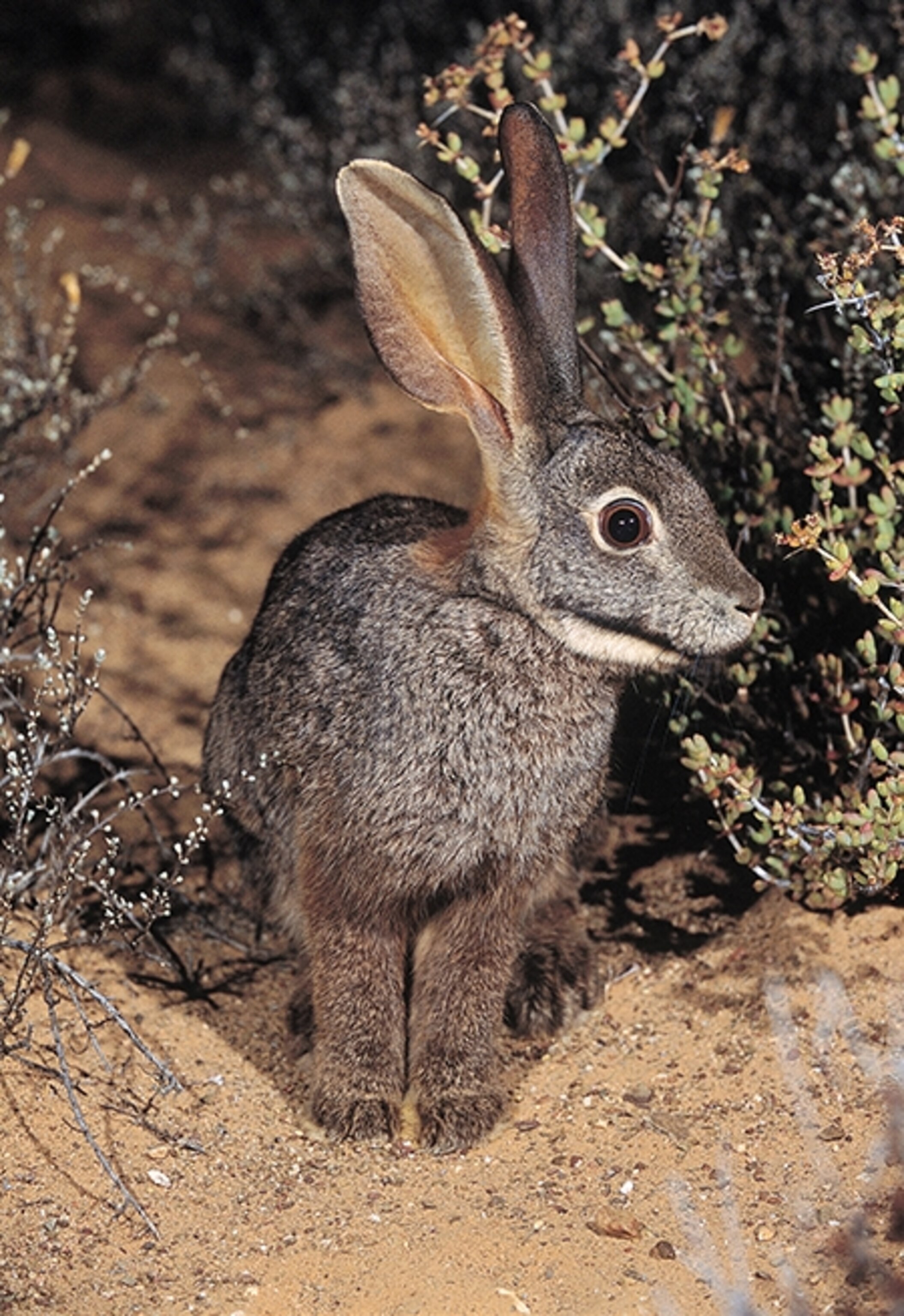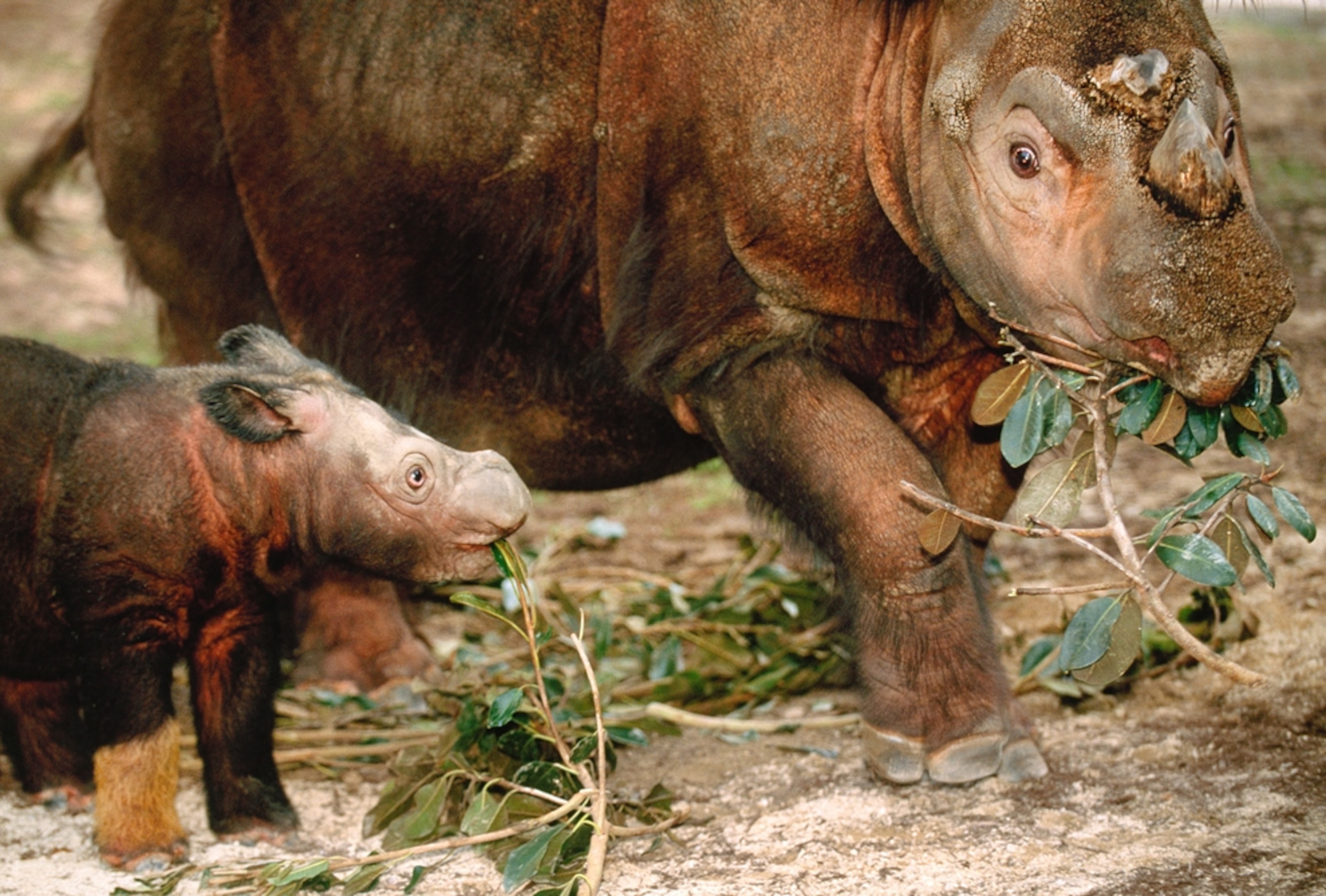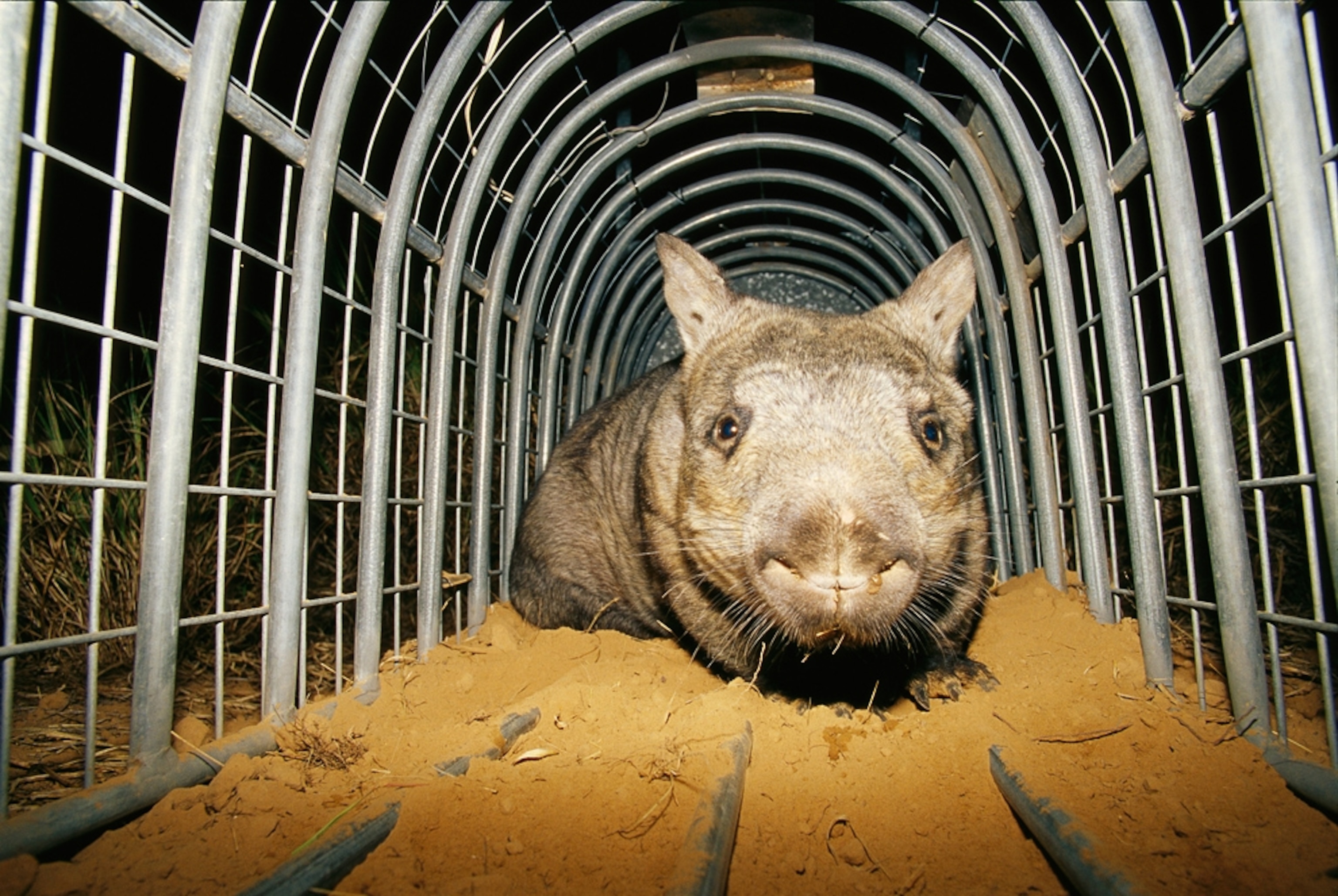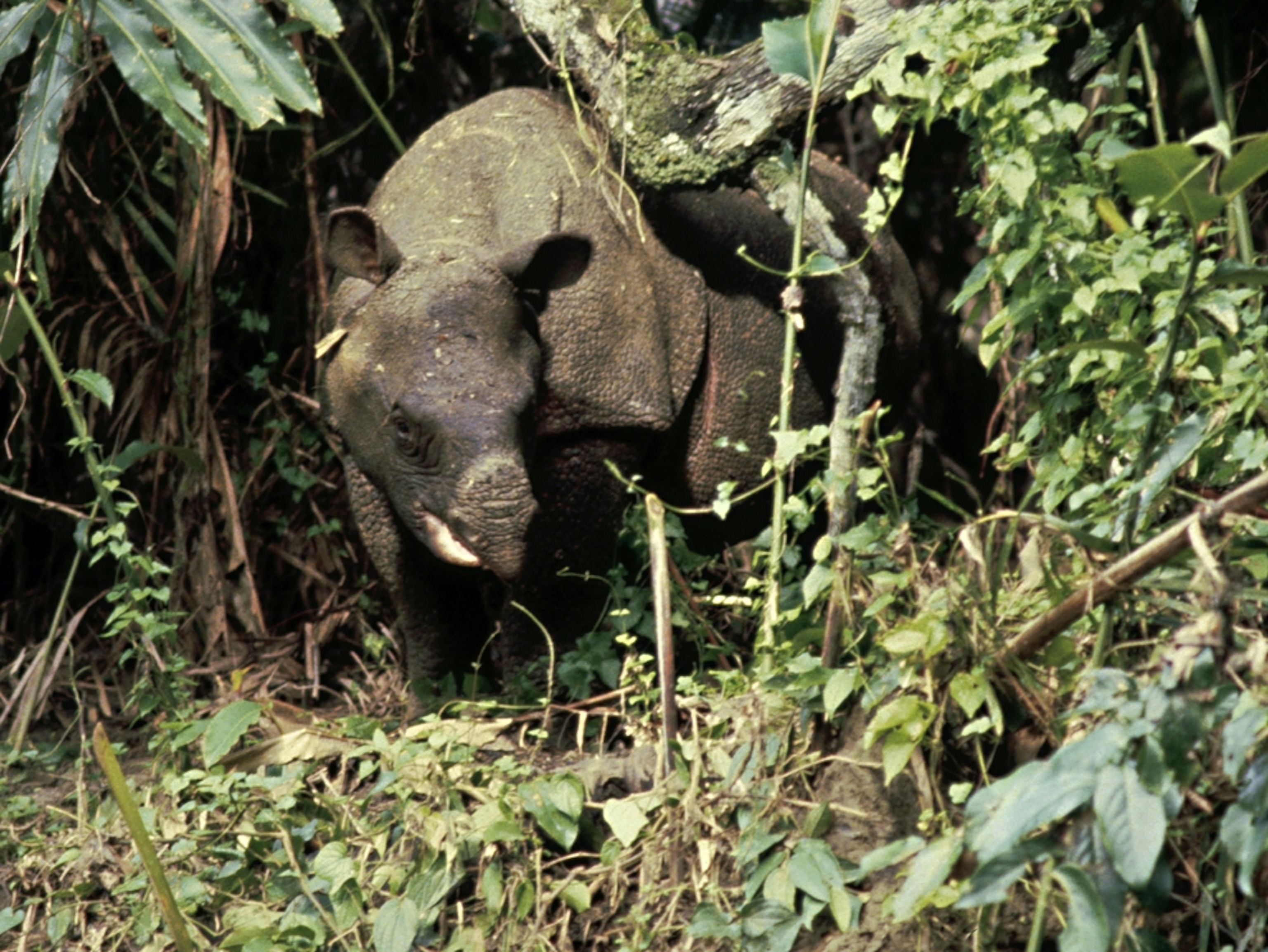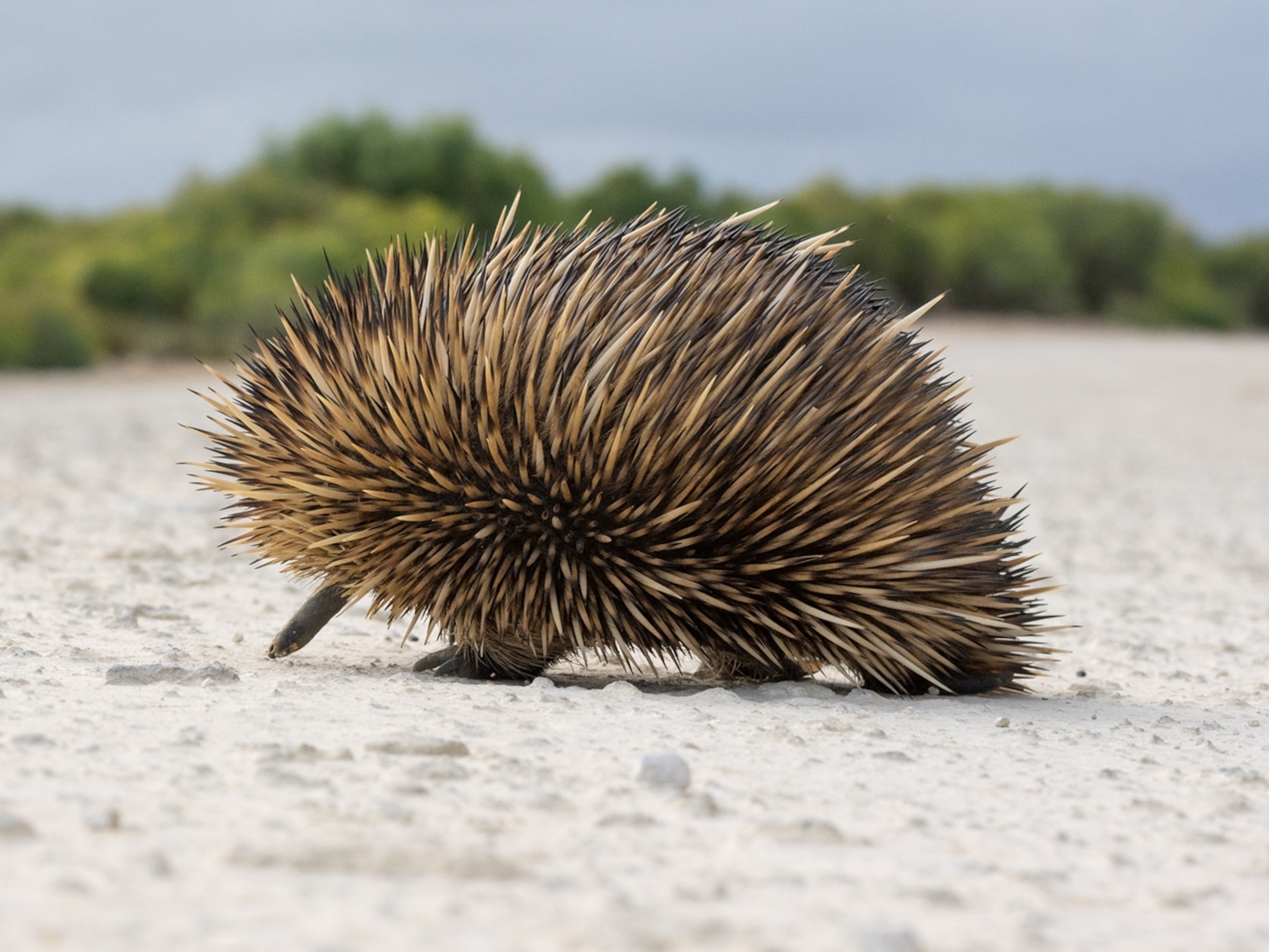1 of 10
Photograph by Tim Laman, National Geographic
Pictures: 14 Rarest and Weirdest Mammal Species Named
From echidnas to hairy-nosed wombats, see ten of the rarest and weirdest mammals on Earth, as ranked by the Zoological Society of London.
December 6, 2010

